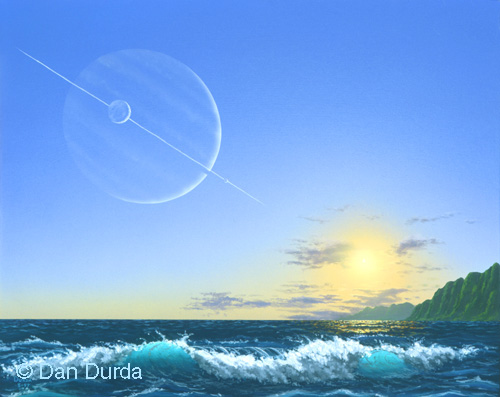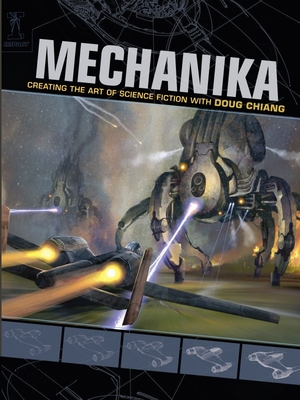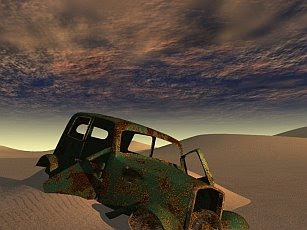 I've mentioned my "Citizen Journalist" hat in the past, but then it was metaphorical. But this time however, the hat's for real. I passed by Lids and thought of fashioning my own insignia to be stitched onto the hat. I was very excited when I got the hat and took a snapshot of it while I was twittering in action. This hat is special because it will be the hat that I'm gonna wear in the upcoming "Crossroads" conference in Cambridge. I am gonna play the part of a Citizen Science Journalist and I will approach these great scientists of our time: David Aguilar, David Charbonneau, Freeman Dyson, Juan Enriquez, Andrew Knoll, Dimitar Sasselov, Craig Venter, Gerrit Vershuur, Peter D. Ward and Maria Zuber. I am going to ask them questions and report it all to you via twitter and this blog.
I've mentioned my "Citizen Journalist" hat in the past, but then it was metaphorical. But this time however, the hat's for real. I passed by Lids and thought of fashioning my own insignia to be stitched onto the hat. I was very excited when I got the hat and took a snapshot of it while I was twittering in action. This hat is special because it will be the hat that I'm gonna wear in the upcoming "Crossroads" conference in Cambridge. I am gonna play the part of a Citizen Science Journalist and I will approach these great scientists of our time: David Aguilar, David Charbonneau, Freeman Dyson, Juan Enriquez, Andrew Knoll, Dimitar Sasselov, Craig Venter, Gerrit Vershuur, Peter D. Ward and Maria Zuber. I am going to ask them questions and report it all to you via twitter and this blog.I've never done that before that's why I am nervous. But it is an adventure for me to thicken my face, say hello, and shake the hands of these movers and shakers. Wish me luck, and please do send me any questions you might want me to ask them. Tweet them to me if you like, or write them up via the comment system of this blog. And hopefully, I will be given a chance to throw your difficult questions at these Scientists.
This Citizen Science Journalism thingy has been a great adventure for me. I am learning a lot of things and I am totally thrilled to try it. To share the experience makes it even more wonderful. And it is a great time to do it, because we are on a threshold of discovering something great. Truly we are on the Crossroads of human history. As Carl Sagan said, "somewhere, something incredible is waiting to be known." And I just can't wait!

















